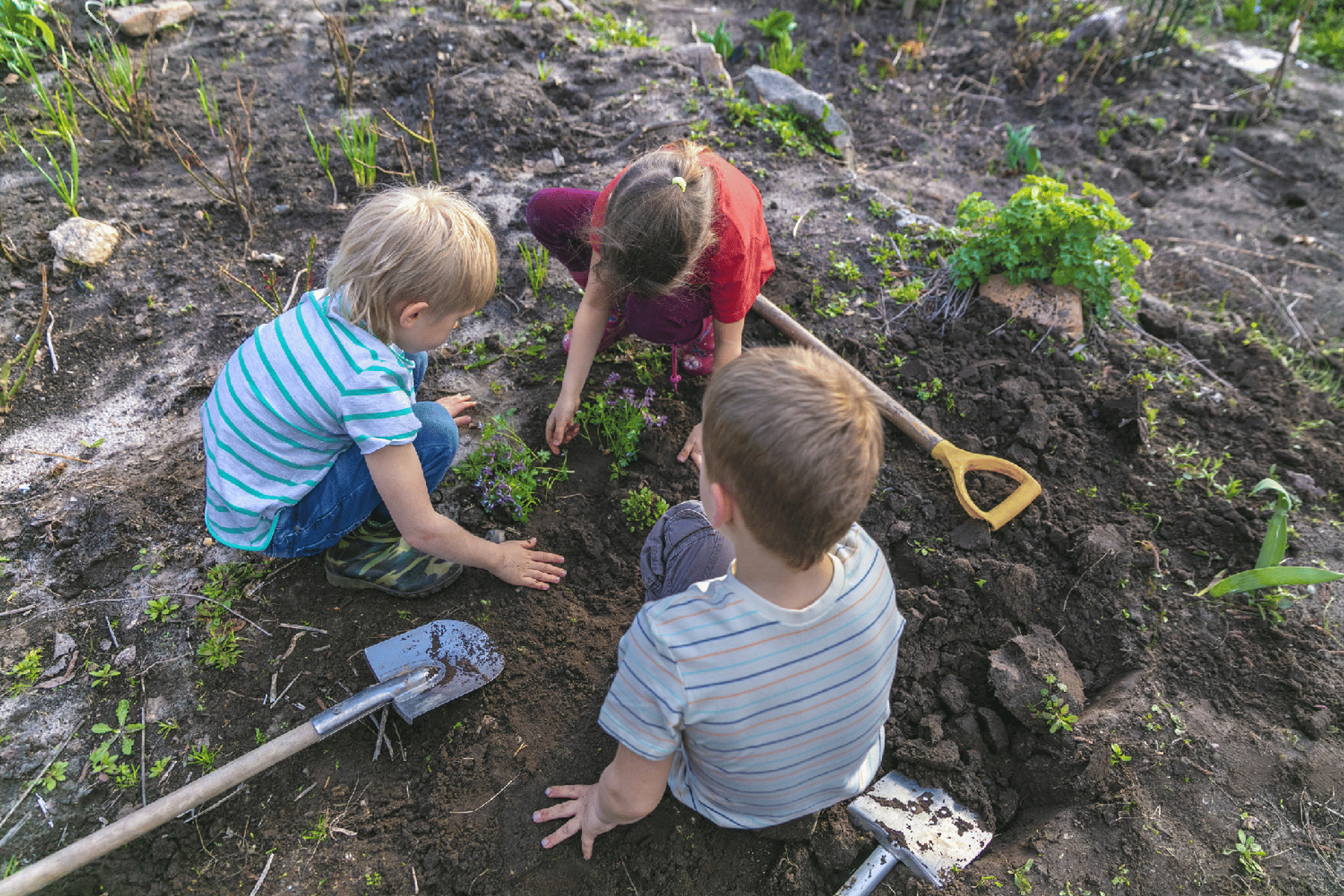
On January 17, 2024, the U.S. Environmental Protection Agency (USEPA) Office of Land and Emergency Management (OLEM) released the Updated Residential Soil Lead Guidance for CERCLA Sites and RCRA Corrective Action Facilities, which reduced the residential soil lead Regional Screening Level (from 400 mg/kg to 200 mg/kg, and further reduced the RSL to 100 mg/kg when additional lead sources (e.g., lead water service lines, lead-based paint, etc.) are present.
RSLs are used to identify Chemicals of Potential Concern (COPC) and to define areas that may require further evaluation based on RSL exceedances. RMLs are used to prioritize and define those areas with the greatest risk to human health. The updated USEPA residential soil lead RSL and RML apply to both the Comprehensive Environmental Response, Compensation and Liability Act (CERCLA) and Resource Conservation and Recovery Act (RCRA) sites, including those previously addressed and/or deleted from the National Priorities List (NPL). Therefore, closed residential sites may require new CERCLA and RCRA Corrective Action investigations. The 2024 USEPA guidance suggests that these evaluations could be performed during the five-year review process for existing CERCLA sites. Under RCRA, post-remedy review authority allows the Agency to reopen permits based on new information. The 2024 USEPA guidance is open for public comment until March 17, 2024.

It is important to note USEPA recognizes that Residential Soil RSLs and RMLs are neither remediation goals nor cleanup levels, rather used for screening. Screening levels are used in initial site investigations to determine whether chemical concentrations detected in soil warrant further investigation. The development of site-specific cleanup levels considers conditions unique to a site, including current and future site use and associated exposure assumptions, stakeholder/community involvement, and evaluation of background soil concentrations.
TRC Can Help
In addition to reviewing USEPA’s 2024 Lead Guidance and the Federal Action Plan to Reduce Childhood Lead Exposure, consider reaching out to TRC’s experts to understand how USEPA’s 2024 lead guidance could impact your existing/historical sites.


